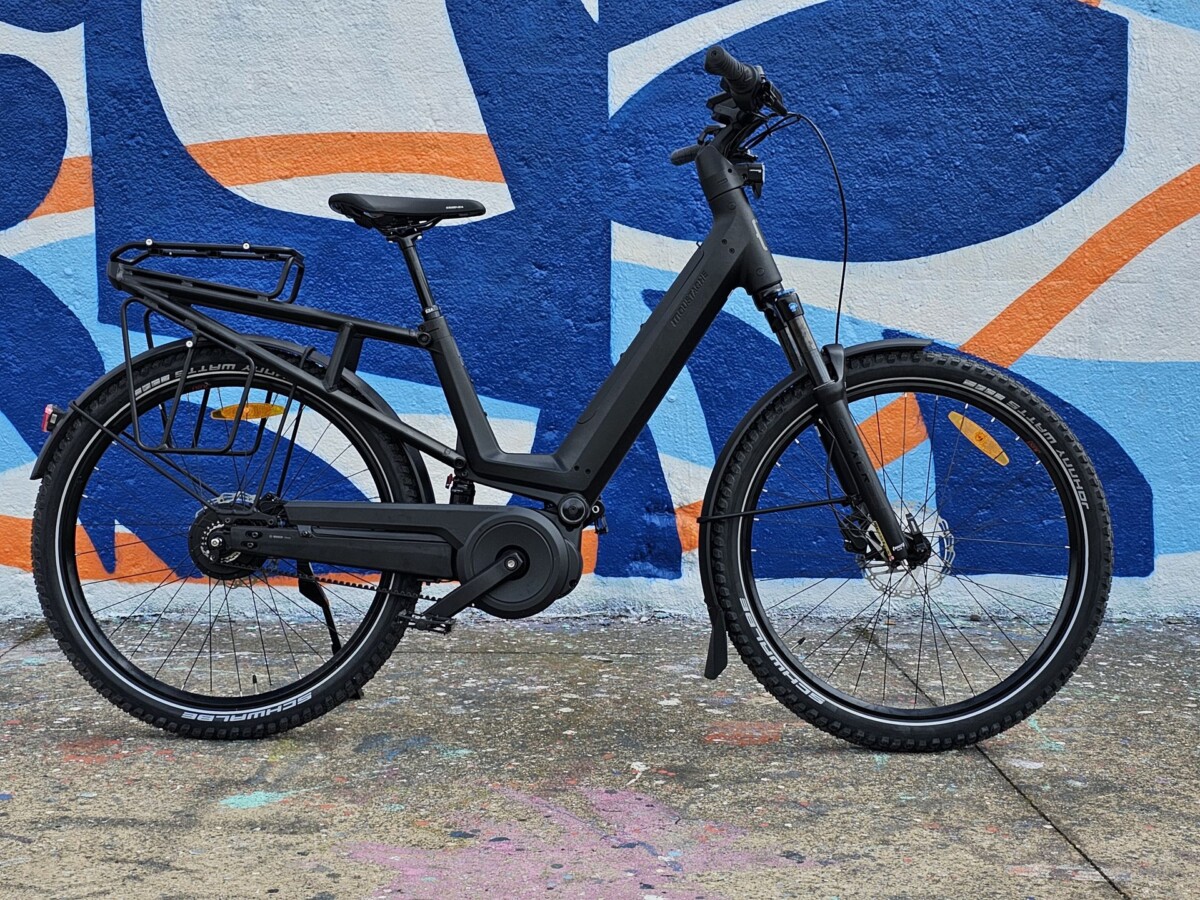Electric bicycles emit less greenhouse gases than many vehicles, such as automobiles in particular. This does not prevent us from wondering about the origin of our carbon emissions, and above all, how to reduce them.
Earlier this year, Frandroid wondered if the electric bike was really ecological, at least compared to other vehicles. We have drawn on several sources and studies to support our point. We are obviously delighted that other scientific content returns to the subject, with their own visions. Here we return to the Polytechnique Insights article, which analyzes data on the subject: what is the carbon footprint of the electric bike?
More durable and efficient supercapacitors
The text reiterates how little the electric bike emits. The VAE would produce on average only 13 g/100 km of CO2eq (CO2 and greenhouse gas equivalents) over a total mileage of 20,000 km, compared to more than 100 g/km for a car. However, it remains more than a muscle bike, counting “between 8 and 10 g/CO2eq”.
The article focuses particularly on the origins of emissions, and in particular the preeminence of manufacturing which “represents 94% of the total carbon footprint of an e-bike traveling 20,000 km in France”. And in this manufacture, the frame is the main component, here displayed at 181 kg if it is manufactured in China (vs 57 kg for the motor/battery duo).
Is “made in France” effective?
The type of material has its role to play, since aluminum – widely used in the world of cycling – pollutes much more than steel, even if it can be recycled. Several brands are now trying to produce their own aluminum frames in France, like the Mustache J by Mustache, or Ultima which reuses recycled carbon.
There remains the more global question of aluminum refined by Asian industries, and used for a very large majority of our frames (via alumina) and imported, while alternatives “like steel and wood” are proposed and presented as an interesting lever.

The Polytechnique article also shows a difference in the carbon footprint between a bicycle running in France and in Germany. If the balance is 13 g/km of CO2eq in France, it is 17 g/km across the Rhine.
The difference is linked to the production of electricity from fossil fuels, where in France we benefit from a mix largely composed of nuclear and renewables. Use in France then represents 4% of total electric bike emissions, compared to 25% in Germany.
Unfairly pointed batteries? What alternatives?
Finally, the question of batteries to be recycled is another subject. If the figure of 8% of the total volume of batteries is put forward, other figures slightly contradict this such as the 2022 report from Screlec, which mentioned a figure of 10%. The gap between the two remains minimal and relatively close.
Above all, “the“Batteries sometimes enter the sector very long after they are placed on the market” rightly expressed Olivier Moucheboeuf, USC manager, to What to choose. Which can partly explain the difference between a high number of batteries on the market, and their recycling rate which could nevertheless explode in the coming years, once at the end of their life.
At the same time, the article submits the idea of “sodium-ion batteries and solid electrolyte batteries”to which we would add the supercapacitors of a Pi-Pop or Ostrichoo.
